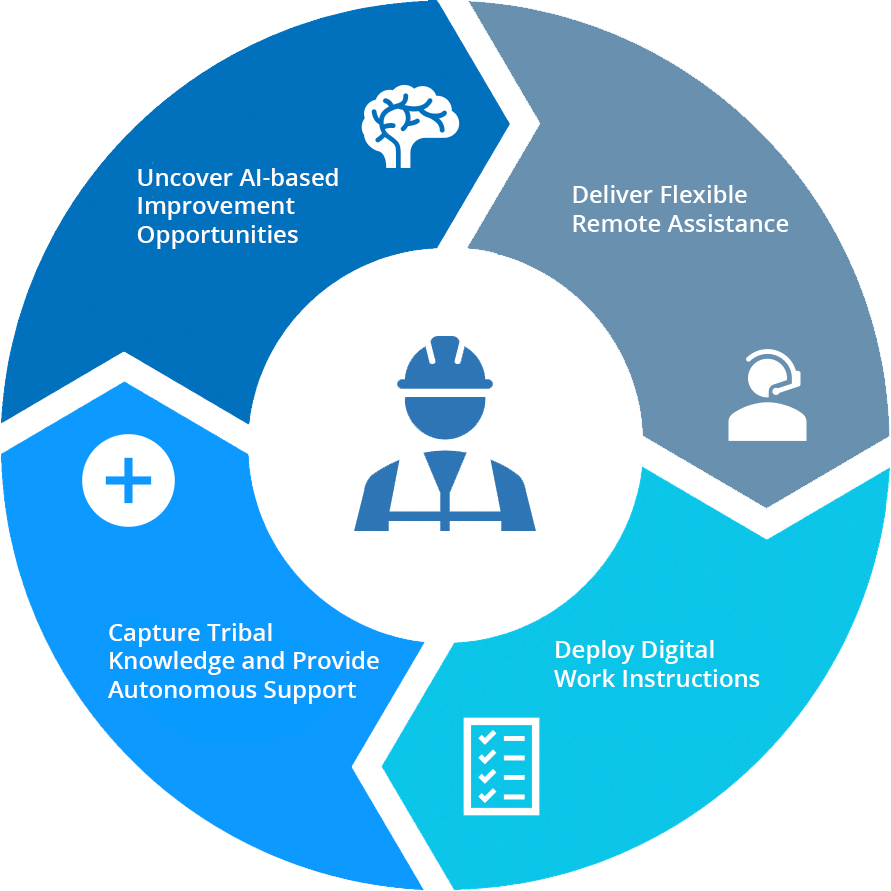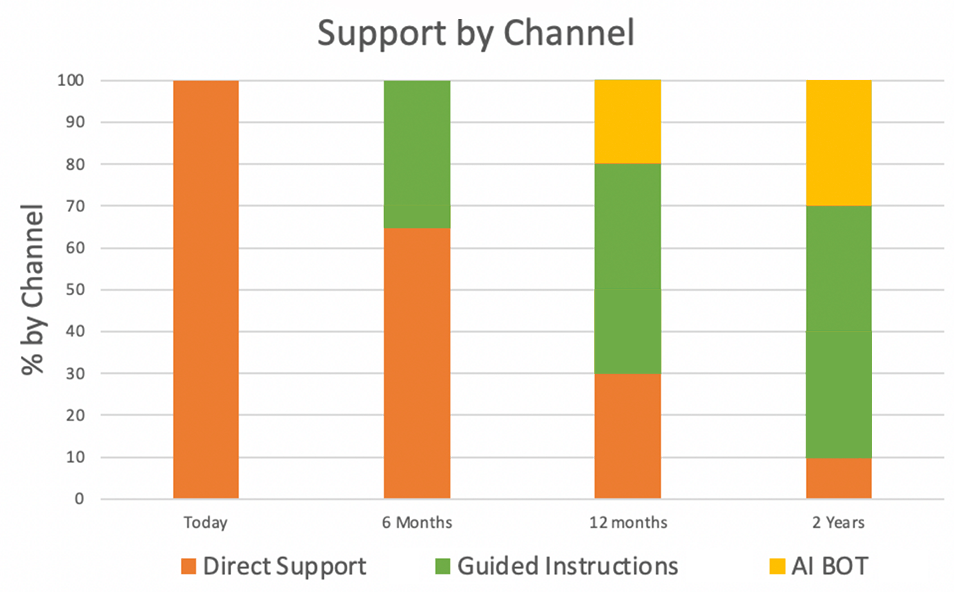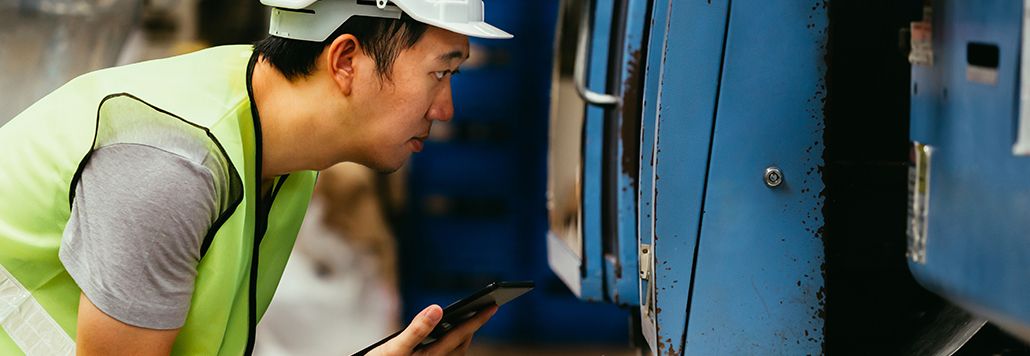August 16, 2021
Augmentir was once again recognized by Gartner as a key vendor for Connected Factory Worker technology. In the latest Gartner Hype Cycle for Consumer Goods, Augmentir was highlighted as an important vendor for Connected Factory Worker software and Immersive Experiences in Manufacturing. This marks the seventh time in 2021 that Augmentir has been recognized by Gartner for leadership in emerging technologies for manufacturing.
Digital Technology – A Key Priority for Consumer Goods CEOs
This Gartner report identifies technology as a key priority for consumer goods CEOs, and states that “79% of Consumer Goods CEOs plan to increase their investment in digital capabilities.”
According to the hype cycle report, “Investments in long-delayed digital initiatives came to the forefront due to the pandemic.” Digital transformation initiatives were put into focus and brought to the forefront due to the impact of the pandemic, increased remote working, and supply chain disruptions, and many leading consumer goods manufacturers were “jolted to invest in long-delayed digital plans.”
Gartner highlighted Connected Factory Workers and Immersive Experience in Manufacturing as offering transformational benefits for consumer goods manufacturers, and mentions Augmentir as a key software vendor in each category.
- Connected Factory Worker: Connected factory workers use various digital tools to improve the safety, quality, and productivity of the jobs they perform. In consumer goods manufacturing, this may include enabling digitization of maintenance procedures, changeover procedures, EHS lockout/tagout procedures, quality checklists, and plant walkabouts via digitized step by step instructions or guided workflows. This technology helps connect workers to the “digital fabric” of the business, providing insight into the tasks they perform so that they can be optimized and continually improved on.
- Immersive Experience in Manufacturing Operations: According to Gartner, immersive experiences refer to enabling the perception of being physically present in a nonphysical world or enriching people’s presence in the physical world with content from the virtual world. Gartner sees using immersive experiences as important for “accelerating problem solving and broadening continuous improvement dialogue through virtual or remote access.” This approach is being use for quality and maintenance tasks, remotely connecting with employees that are not able to be on-site, or wearables for safety management.
These hype cycles and innovation profiles are provided by Gartner to help organizations decide which new innovations and technology to adopt and when, as well as what value they can provide to their manufacturing operations.
Accelerating Your Digital Journey with Augmentir
Many leading consumer goods manufacturers, including Colgate-Palmolive, have adopted Augmentir to connect their frontline workforce and accelerate their digitization efforts. Augmentir’s AI-based connected worker platform offers connected worker technology with augmented work instructions. Equipped with digital devices that could include tablets, mobile phones, or even AR-enabled industrial smart glasses, frontline workers are able to receive fully augmented, guided instructions on any device to improve productivity, quality and allow workers to perform their jobs more independently. These help guide workers with visual aids, AR/MR experiences, and contextual information.
For example, since the selection of Augmentir in November 2020, Colgate has already seen tremendous progress towards their digital transformation goals and has digitized over 1000 workflows across 10 global plants, resulting in significant value and productivity improvements in maintenance tasks, line changeovers, and shift changes.
Optimizing Worker Performance with AI
Gartner further recommends that consumer goods manufacturers: “Make your focus the creation of a “data-driven” culture in manufacturing operations.” This includes not only integrating factory workforces with their virtual and physical surroundings, but also driving a culture change towards data-driven performance optimization and workforce development.
Artificial Intelligence (AI) is a key foundation for data-driven transformation within the manufacturing workforce.
As workers become more connected, companies have access to a new rich source of activity, execution, and tribal data, and with proper AI tools can gain insights into areas where the largest improvement opportunities exist. Artificial Intelligence lays a data-driven foundation for continuous improvement in the areas of productivity, quality, and workforce development, setting the stage to address the needs of a constantly changing workforce.
Our view at Augmentir is that the purpose of a connected worker platform isn’t simply to deliver instructions and remote support to a frontline worker, but rather to continually optimize the performance of the connected worker ecosystem. AI is uniquely able to address the fundamental macrotrends of skills variability and the loss of tribal knowledge in the workforce. With an ecosystem of content authors, frontline workers, subject matter experts, operations managers, continuous improvement engineers, and quality specialists, there are dozens of opportunities to improve performance.
Interested in learning more?
If you’d like to learn more about Augmentir and see how our AI-Powered connected worker platform improves safety, quality, and productivity across your workforce, schedule a demo with one of our product experts.



